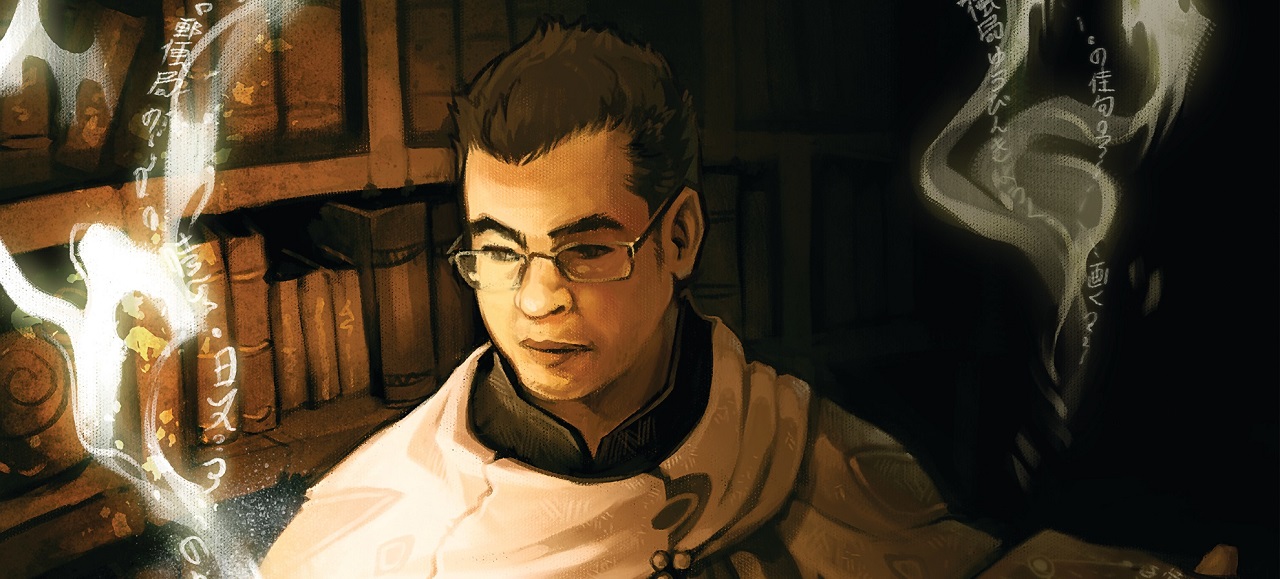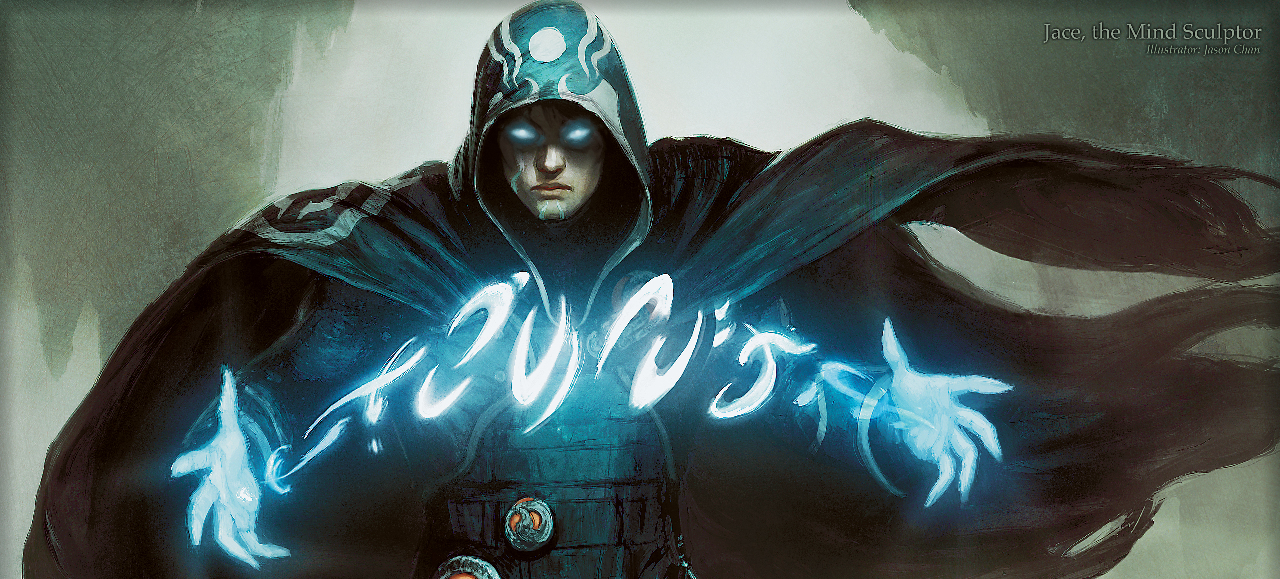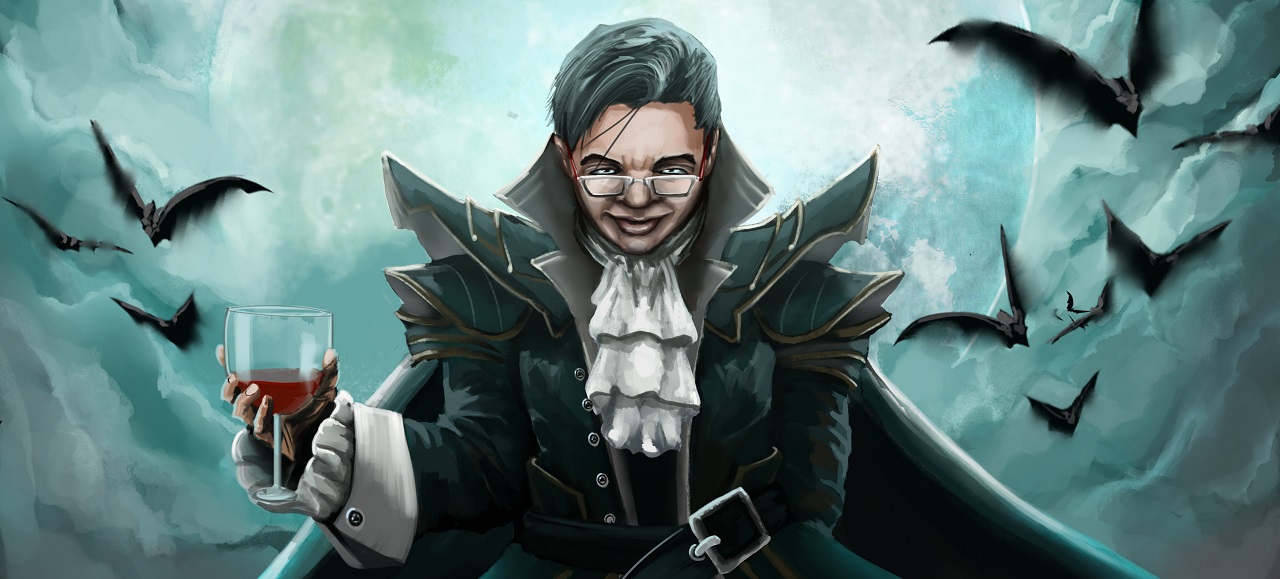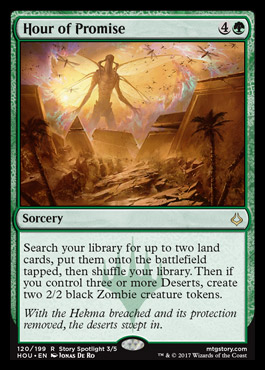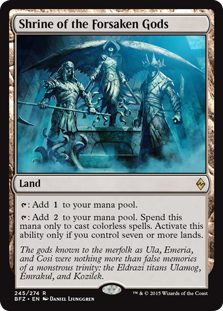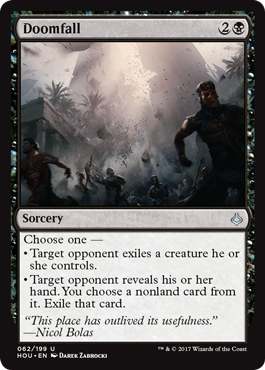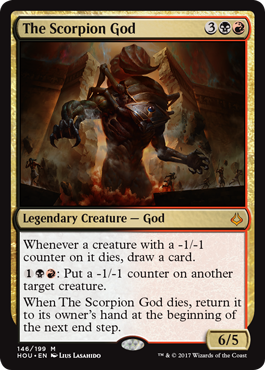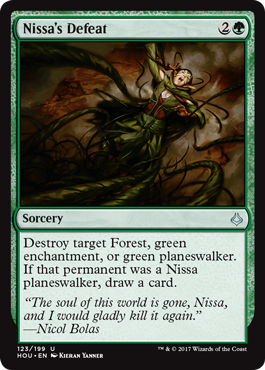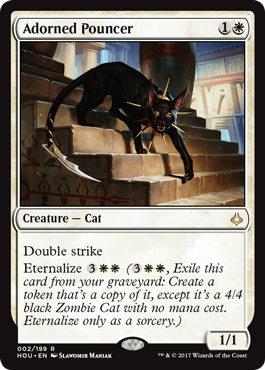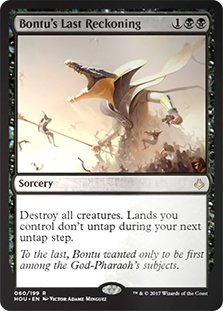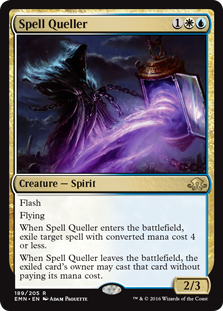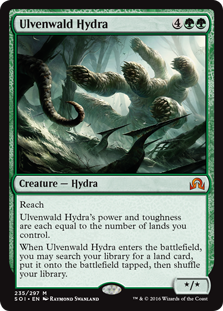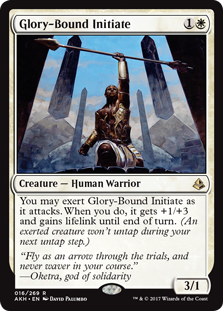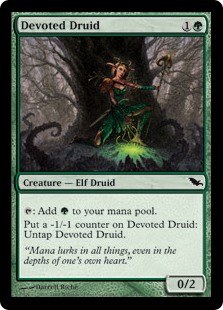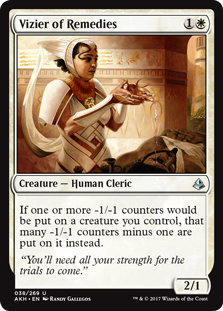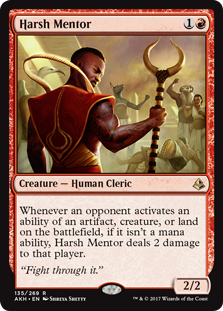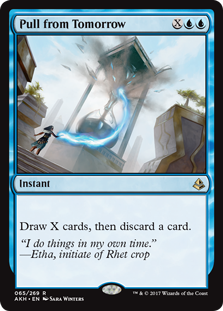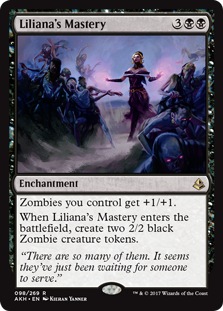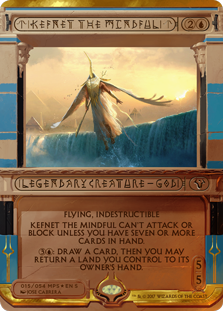Hour of Devastation is the Best of the Bunch
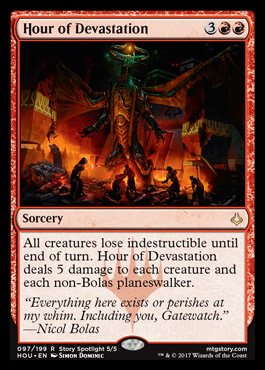
Hour of Devastation is the card red control decks have always wanted.
Hour of Devastation deals 5 damage to each creature…
Red has long had the ability to deal two to three points of damage to multiple creatures for about three mana. Examples include Standard Staples like Kozilek’s Return, Radiant Flames, or Sweltering Suns.
But five damage?
Historically, red mages would have had to pay seven or more mana for a big sweep like this. Worse yet, in earlier eras, they would have to take five damage themselves! Earthquake, for example, only hit non-flying creatures.
From these perspectives, Hour of Devastation is really something special.
Blah blah blah… Each non-Bolas Planeswalker
One of the fantastic aspects of Hour of Devastation is how it can deal with Planeswalkers.
Forget about the fact that it can deal with Planeswalkers directly at all, the fail state of this card falls into a convenient place. What is the kind of deck where you would want Hour of Devastation? Something like Zombies, right? A deck where the opponent plays multiple creatures, that sometimes get big… The ability to deal five to all of them is quite attractive against Zombies.
But what about when you don’t want a big creature sweeper? Oftentimes, the opposite number to Zombies will be a Control deck. Those decks will very often give you one or more Planeswalkers to kill, especially board control decks.
Hour of Devastation works great in Grixis
This set is very Grixis-oriented. There is a Grixis themed cycle of Gods, and of course the God Pharaoh is in Grixis colors.
Hour of Devastation (red) is highly complimentary to other key Grixis cards. For example, this card does five… And Torrential Gearhulk has six toughness. It’s one thing for Torrential Gearhulk to live through the Hour… But what about being able to swing directly?
Consider:
- Turn 6 – Flash out Torrential Gearhulk (to stabilize, stay alive, just get an advantage)
- Turn 7 – Play a land; cast it leaving up UU. Get in there for five!
And more! Much more! in “Hour of Devastation is the Best of the Bunch”:


